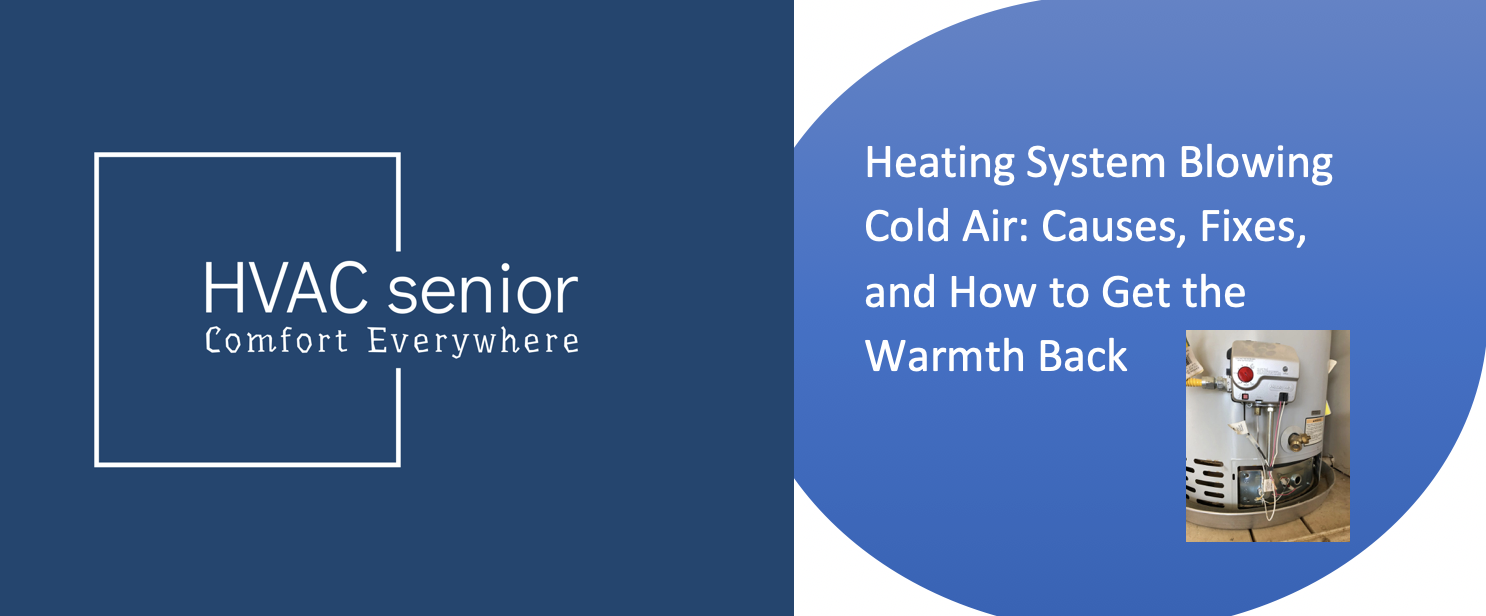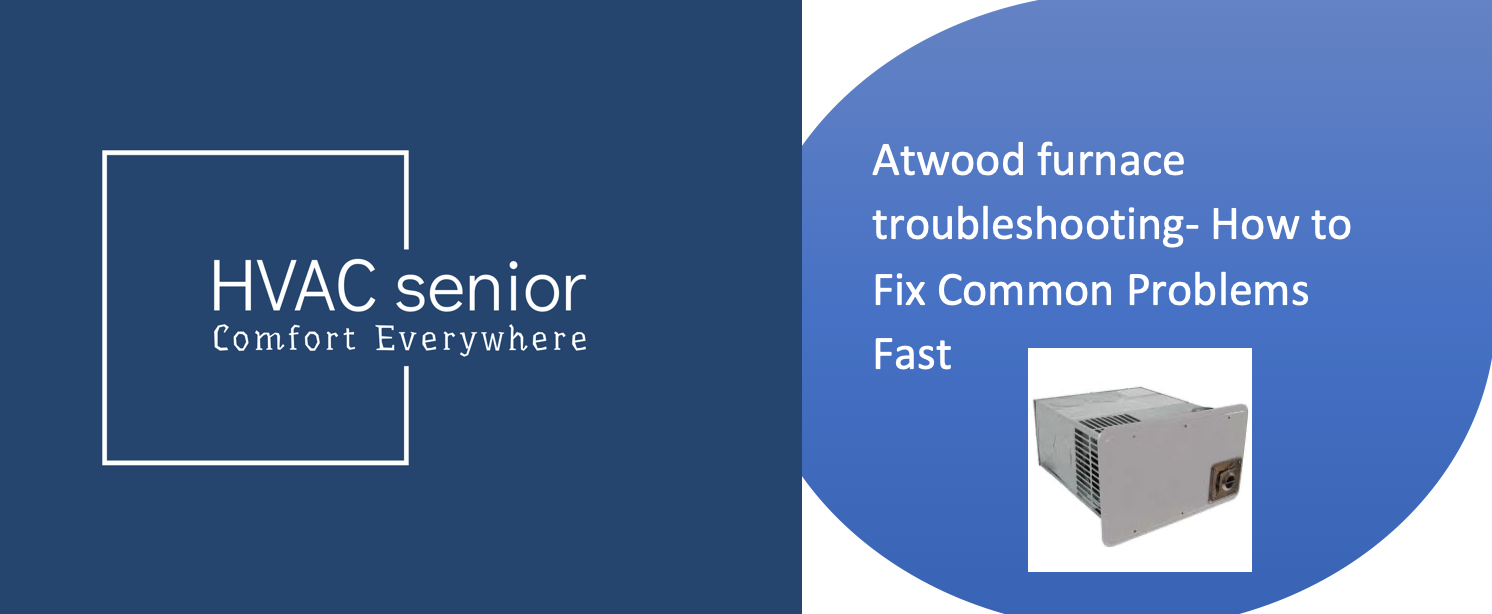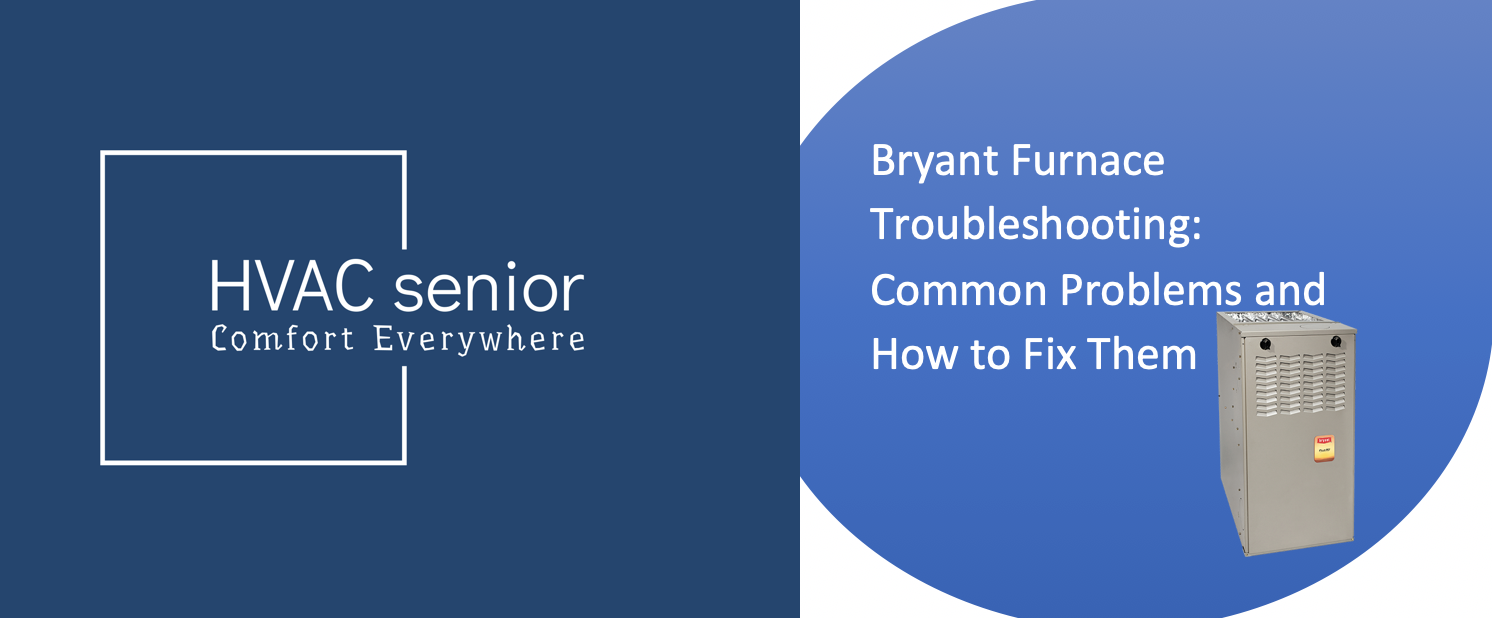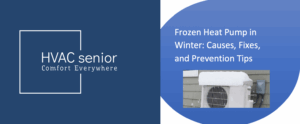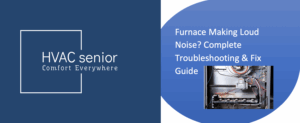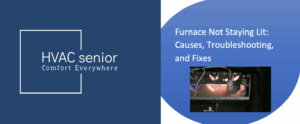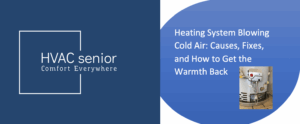Nothing feels worse than turning on your heat on a chilly day, only to discover your heating system is blowing cold air. It’s frustrating, uncomfortable, and a sure sign that something’s wrong with the furnace or heat pump.
Don’t worry, this is one of the most common HVAC problems that many homeowners face. The good news is that in many cases, the fix is simple.
In this post, we’ll explain why your heating system is blowing cold air, how to diagnose the cause, and what you can do to get it heating properly again.
Why Is My Heating System Blowing Cold Air?
Your heating system should be producing warm air in the range of 90°F to 110°F from the vents. If it’s just blowing cold or room-temperature air, there’s probably something wrong with:
- Airflow restriction
- Thermostat misconfiguration
- Ignition or burner failure
- Refrigerant or heat exchanger problems (on heat pumps)
The identification of the root cause is the key to fixing it, and it remains different whether you use a furnace, heat pump, or central heating system.
Also read: Heat Pump Not Heating
Top 10 Reasons Your Heating System Is Blowing Cold Air
Let’s go through the most common causes — and how to fix each one.
1. Incorrect Setting of the Thermostat
Before you assume the worst, check your thermostat settings. If it’s not set correctly, your heating system may not even be in heat mode.
Correctness:
- First, be certain your thermostat is set to HEAT and not COOL or FAN ON.
- If it’s currently set to “ON,” the fan will blow air constantly, even when the furnace is not heating. Flip it over to AUTO, so it only kicks on when the heating is running:
- Replace old thermostat batteries or recalibrate smart thermostats as needed.
In case of a faulty thermostat, an upgrade to a smart one may provide both more accuracy and efficiency.
2. Pilot Light or Ignition Failure (Gas Furnaces)
If it’s a gas furnace and blowing cold air, then the pilot light or electronic ignition isn’t functioning. There’s no ignition, and hence the burners won’t light, so the blower just pushes unheated air.
Fix:
- In older furnaces, see if the pilot light is off. Relight it using your manufacturer’s instructions.
- For newer models with electronic ignition, listen for clicking; if there isn’t any, it may need replacement.
- If the flame does not start, or will not continue to burn, the thermocouple may be dirty or defective.
If you are not familiar with gas components, call a professional technician to handle it safely.
3. Dirty or Clogged Air Filter
A dirty air filter restricts airflow through the system, which overheats the heat exchanger. This forces the system to shut down for safety. When that happens, your blower might still run — but it’ll push cold air through your vents.
Solution:
- Replace the air filter every 30–60 days, especially during peak heating season.
- Always use the proper filter size and MERV rating (8-11 for most systems).
Clean filters improve airflow, efficiency, and help your system heat properly once again.
4. Overheating Furnace
Should the furnace overheat, safety controls automatically shut off the burners to prevent a fire hazard. The blower may, however, continue to run to cool the unit, blowing cold air instead of warm air.
Causes of overheating:
- Dirty filters
- Supply or return vents blocked
- Faulty Blower Motor
Fix:
- Change filters and open all vents.
- Keep in mind that the furnace should not be in a tightly enclosed area; it needs air.
- Blower cleaning and checking for overheating triggers should be scheduled with professional maintenance.
5. Faulty Flame Sensor
The flame sensor ensures the gas is burning correctly. If it is dirty or malfunctioning, it will shut down the burners right after ignition, and your furnace will blow cold air.
Fix:
- Shut the power to your furnace off.
- Remove the flame sensor and then clean it gently with a fine emery cloth.
- If the corrosion is visible or the problem remains, the sensor should be replaced by a technician.
6. Leaky Ductwork
If your duct system has leaks or gaps, the heated air escapes before it ever reaches your vents. Because of this, you could be experiencing cool to lukewarm air when your furnace is actually heating correctly.
Practice:
- Inspect the ducts for visible holes or loose connections.
- Seal small gaps with mastic sealant or foil tape-never with duct tape.
- For widespread leaks, schedule duct sealing and insulation service.
Sealing can save both comfort and cost, as leaky ducts can reduce heating efficiency by up to 30%.
7. Heat Pump in Defrost Mode
If you have a heat pump, blowing cold air for a short period may be normal. In winter, heat pumps periodically switch to defrost mode to melt ice off of the outdoor coil; when that happens, it temporarily blows cooler air inside.
Corrections:
- Wait 5–10 minutes — if the air heats up again, the system is working correctly.
- If it goes beyond that and keeps blowing cold air, there could be an issue in the reversing valve or refrigerant, which needs repairs.
8. Low Refrigerant (Heat Pumps)
Heat pumps depend on refrigerant to carry heat from outdoors into your home. If the refrigerant levels are low, it means that the system cannot draw enough heat, thus producing cool or lukewarm air.
Signs of low refrigerant:
- Hissing or bubbling sounds
- Ice build-up on refrigerant lines
- Longer run times with little heat output
Correctness:
Refrigerant problems have to be dealt with by a licensed HVAC technician. They will find the leaks, repair them, and recharge the refrigerant to factory specifications.
Also read: Propane Wall Heater
9. Faulty Gas Valve or Burner Assembly
If your furnace starts to blow warm air for several minutes, then suddenly turns cold, you might be having a problem with the gas valve or burner. Inconsistent heating can also be caused by dirt, corrosion, or mechanical failure.
Fix:
- Have the gas valve and burner assembly inspected by an HVAC technician.
- Cleaning or replacement of such parts usually restores a steady heating performance.
- Never attempt to do repairs to gas components yourself; it is dangerous.
10. Electrical or Control Board Problems
The control board regulates ignition, air flow, and heating cycles of your furnace. A malfunctioning board or relay will disrupt normal operations and allow the system to operate the fan without turning on heat.
Solution:
This problem needs to be diagnosed by a professional. An HVAC technician will test the board, wiring, and limit switches, replacing defective components as necessary.
Bonus Cause: Furnace Short Cycling
If your heating system is repeatedly turning on and off quickly, know it’s probably short cycling, which is caused by several common issues: dirty filters, overheating, or thermostat problems. This means if the furnace cuts off early, instead of warm air, you will feel cold air.
For further detail, see our in-depth guide:
➡️ [Furnace Short Cycling: Causes, Fixes, and How to Stop It]
How to Troubleshoot a Heating System Blowing Cold Air
Before calling for service, you can do a few simple checks yourself:
- Check thermostat settings – Ensure it’s on HEAT and AUTO.
- Replace/clean filters – Dirty filters hinder airflow and cause safety shutoffs.
- Check the vents: Open and unblock all registers for proper circulation.
- Pilot light inspection: Make sure it’s burning blue and steady.
- Look for error codes – Modern furnaces flash codes indicating faults. (Check your manual).
- Check circuit breakers: Reset any tripped switches controlling your furnace.
If these steps don’t help, it’s time to contact a professional.
Also read: RV furnace not working
When to Call an HVAC Technician
You should schedule professional service if you notice any of the following:
- Continuous cold air despite correct settings
- Burner does not light properly or does not turn off in a timely way
- Unusual noises (clanking, banging, or whistling)
- Frequent system restarts or short cycling
- Ice or frost accumulation on a heat pump
An HVAC technician can do diagnostic testing, such as checking gas pressure, cleaning components, and verifying electrical connections.
How to prevent your heating system from blowing cold air
The key to avoiding cold-air problems and expensive repairs is regular maintenance of your heating system. Here’s how:
- Regular filter replacement every 1–2 months
- Meet annually for professional tune-ups.
- Keep all vents open and clean.
- Ensure that the thermostat is calibrated correctly.
- Check and seal ducts annually
- Keep outdoor units of heat pumps free of debris
Preventive maintenance will extend your system’s life 30–40% and give you consistent, warm airflow all winter long.
When to Consider Replacing Your Heating System
If your system is over 15 years old, it blows cold air a lot, or if it requires numerous repairs, replacement may be cheaper.
- Modern heating systems offer:
- Up to 98% efficiency (AFUE)
- Quieter operation
- Smart thermostat compatibility
- Lower long-term energy costs
Have an HVAC professional do a load calculation to determine the best replacement system for your home.
Closing Thoughts
If your heating system is blowing cold air, start with the simple checks: thermostat settings, air filters, and pilot light. Most problems stem from issues with airflow, ignition failure, or thermostat malfunctions. If you have tried troubleshooting and it’s still not heating, don’t wait. An HVAC-certified technician can find the cause and get the system up and running with warm air fast. The best way to avoid cold air problems, increase comfort, and keep your heating system running efficiently all winter is through regular maintenance.



